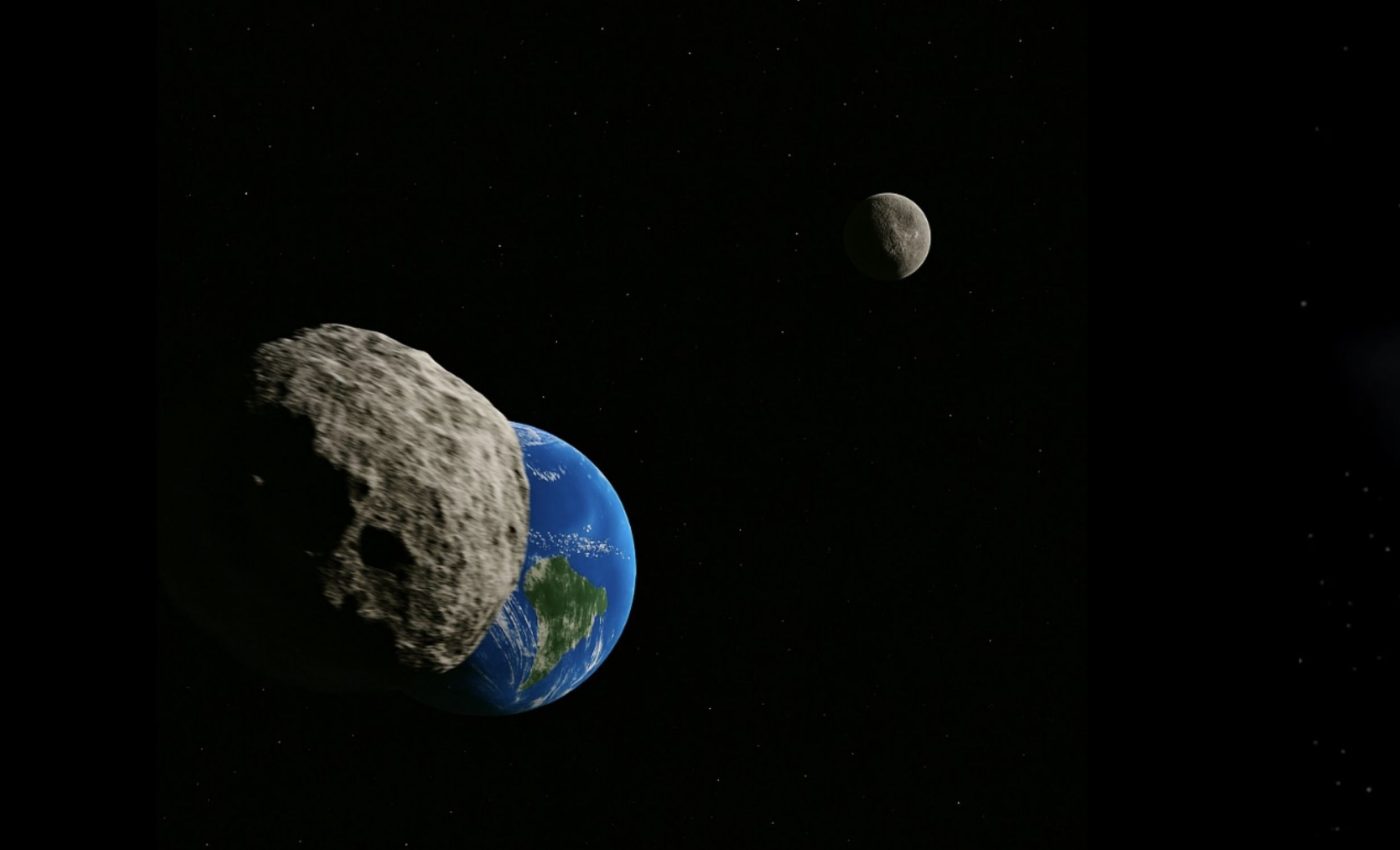
NASA confirms Earth has a new 'mini moon' that will accompany us for the next 50 years
Earth has picked up a new traveling companion – an asteroid named 2025 PN7 that now moves through space in step with us. This tiny quasi moon, only about 62 feet (19 meters) wide, follows an orbit so similar to Earth’s that it will linger nearby for nearly six decades, staying with us until around 2083.
The discovery comes from sky surveys that scan the same patches of sky each night, searching for faint, slow-moving objects that reveal themselves only through repeated tracking.
What is a quasi moon?
A quasi moon is an asteroid that shares Earth’s year and appears to orbit us. However, it is not a true satellite. It loops the Sun on a path that stays close to Earth’s, so from our viewpoint it seems to hang nearby for years.
The Minor Planet Center in Cambridge, Massachusetts manages the world’s clearinghouse for asteroid observations and orbit confirmations.
The organization’s role is to validate discoveries and publish the orbital math that allows telescopes to keep tabs on objects like 2025 PN7.
NASA’s orbit database lists 2025 PN7 with an Earth-like year and near-Earth classification. That is the key signature of a co-orbiting visitor rather than a normal passing asteroid.
“In effect, this small asteroid is caught in a little dance with Earth,” said Paul Chodas, manager of NASA’s Center for Near-Earth Object Studies at the Jet Propulsion Laboratory (JPL).
How scientists spotted 2025 PN7
Observers with the Pan-STARRS survey in Hawaii reported the object in August, adding it to the official ledger that tracks new minor planets.
Its faintness is why it hid for so long. Here, absolute magnitude – a brightness scale for small bodies – tells astronomers roughly how large a dark object might be.
Once the light data arrived, orbital computers could test whether the object shares Earth’s year. That shared period is the first clue that a small rock is not just passing through.
How long will it stay?
Quasi moons exist because of a mean motion resonance (MMR), a locked timing that keeps the object’s period the same as Earth’s. The asteroid is not tied to Earth by gravity; it is kept nearby by orbital timing plus small gravitational nudges.
Simulations show these arrangements can last decades. Subtle pulls from the Sun and planets eventually push the object away, but the near match in its year keeps it close for quite a while.
Because the asteroid is small and light, gentle forces matter. Sunlight itself – through heating and re-radiation – can slowly shift such orbits over time.
Why this visitor matters
Every new quasi moon adds a data point for how small bodies move in crowded gravitational neighborhoods. These objects let scientists check their models for stability, close approaches, and safe operating zones for future spacecraft.
Earlier research on Earth’s longer-lived quasi moon, Kamoʻoalewa, found lunar-like silicates in its surface spectrum, hinting that some of these companions may be fragments knocked free long ago.
Close, slow targets are useful for testing navigation, sampling techniques, and technologies that could one day tug a hazardous rock slightly off course. Low relative speeds make rendezvous and return missions more practical.
Beyond missions, these companions help researchers refine how dust and small rocks evolve near planets. That improves risk estimates for meteoroid streams and clarifies how material moves around the inner solar system.
Quasi moons help test Earth’s neighborhood
The predictable paths of quasi moons like 2025 PN7 make them ideal test subjects for space missions that need to practice delicate maneuvers near small bodies.
Engineers can use their stable orbits to refine navigation software, study how dust behaves in weak gravity, and even test resource-mapping sensors before sending them farther into the solar system.
Scientists also use these long-term companions to probe how resonant orbits – orbital arrangements where two bodies complete revolutions in simple numerical ratios – shape our planet’s gravitational environment.
Subtle variations in such orbits can reveal how solar radiation, planetary tides, and the Yarkovsky effect slowly alter the motion of small asteroids over decades.
This is not a second Moon
This is not a second moon in the strict sense. Our Moon is gravitationally bound to Earth, while 2025 PN7 orbits the Sun and only shares our year.
It will not change the tides or brighten our night sky. It stays far away, and its faint light keeps it out of reach for backyard telescopes.
Quasi moons also differ from temporary captures, a short-lived true orbit when Earth briefly ensnares a small object. Those episodes last weeks or months, then end when the object drifts free again.
Finally, 2025 PN7 is harmless. The predicted path does not bring it into our atmosphere, and the orbit models already account for normal gravitational tugs.
The study is published in Research Notes of the AAS.
—–
Like what you read? Subscribe to our newsletter for engaging articles, exclusive content, and the latest updates.
Check us out on EarthSnap, a free app brought to you by Eric Ralls and Earth.com.
—–













